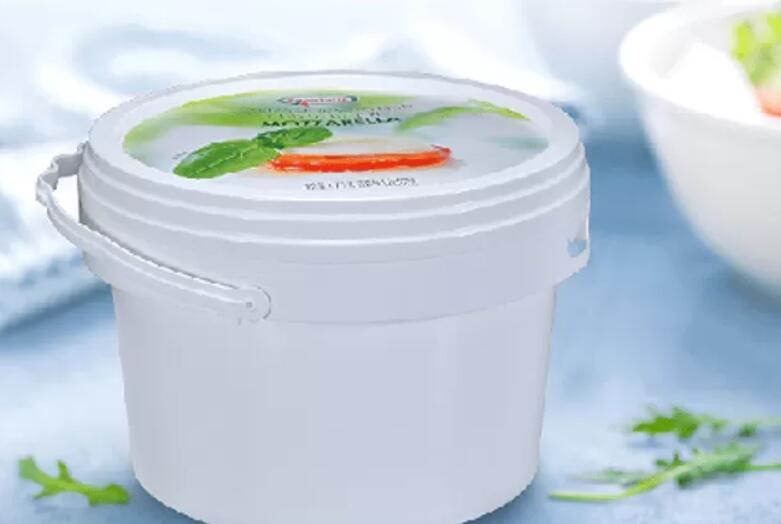What factors should businesses consider when choosing the right IML packaging solution for their specific products?
In-Mold Labeling (IML) is a popular packaging solution that combines the label and container manufacturing processes into one step. When businesses are considering IML for their products, several crucial factors should be taken into account to ensure the most suitable and effective packaging solution. Here are the key considerations:
1. Product and Packaging Compatibility: Ensure that the IML packaging solution is compatible with the specific product being packaged. Consider factors such as the product's size, shape, and weight, as well as any unique requirements for handling or storage. The packaging should protect and showcase the product appropriately.
2. Label Material and Design: Choose the right label material for your IML packaging. Labels can be made from different materials, including polypropylene (PP) and polyethylene (PE), each with distinct characteristics. The label design should effectively convey branding, product information, and any necessary regulatory details.
3. Printing and Graphics Quality: The printing quality and graphic representation on the IML label are critical for attracting consumers and promoting the product effectively. Choose a packaging solution that offers high-quality printing capabilities and vibrant graphics to enhance the overall appearance of the product.

4. Label Durability and Resistance: Consider the durability and resistance of the IML label to external factors such as moisture, heat, chemicals, and UV exposure. The label should maintain its integrity and legibility throughout the product's shelf life and during transportation.
5. Production Efficiency and Speed: Evaluate the production efficiency and speed of the IML packaging solution. Efficient processes can reduce manufacturing costs and increase output, ensuring a steady supply of products to meet market demand.
6. Regulatory Compliance and Safety: Ensure that the IML packaging solution complies with relevant industry standards and regulations. This is especially important for products that have specific labeling requirements, such as nutritional information, safety warnings, or recycling symbols.
7. Sustainability and Environmental Impact: Consider the environmental impact of the IML packaging solution. Opt for materials that are recyclable or made from sustainable sources to align with eco-friendly initiatives and consumer preferences.
8. Supplier Expertise and Support: Choose a reliable and experienced IML packaging supplier. Look for a partner who can provide technical expertise, customization options, and responsive customer support to address any specific needs or challenges.
9. Branding and Market Appeal: The IML packaging should align with your brand identity and target market. Eye-catching and well-designed packaging can enhance brand recognition and appeal to consumers, increasing the product's marketability.
10. Cost-effectiveness: While considering all the above factors, also assess the overall cost-effectiveness of the IML packaging solution. It should provide a balance between quality, functionality, and budget considerations.
Conclusion: Selecting the right IML packaging solution is a crucial decision for businesses as it impacts product presentation, protection, and consumer perception. By carefully evaluating factors such as product compatibility, label materials and design, printing quality, durability, regulatory compliance, sustainability, supplier expertise, and cost-effectiveness, businesses can make an informed choice that ensures their products are well-packaged, visually appealing, and ready to stand out in the competitive market.
- 0


